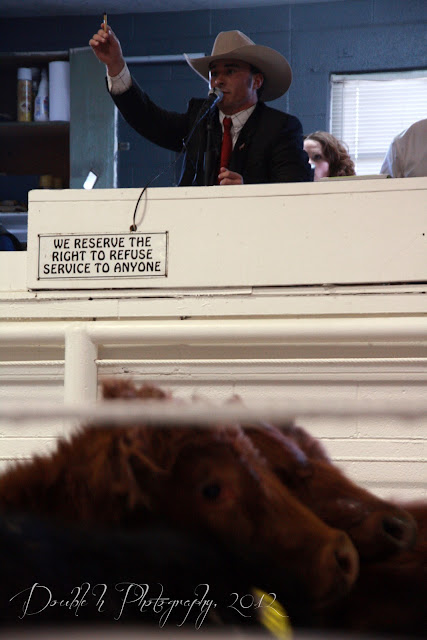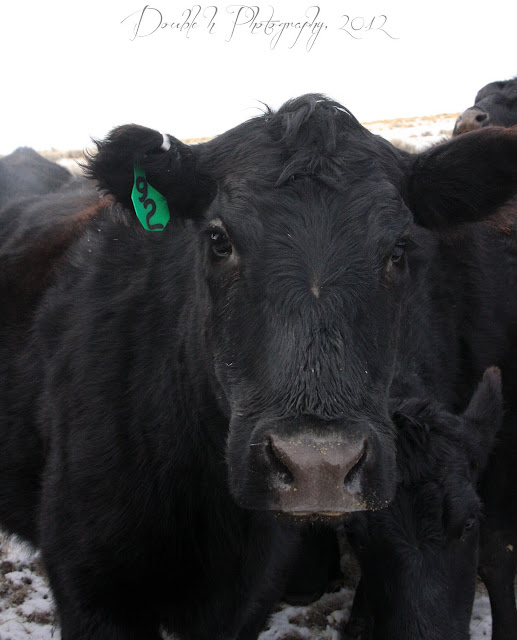I have been a little slow to update you on my new dog. A few months ago, shortly after Pearl died, I found an ad for a six-month old female dachshund puppy for sale. The reason? She was killing chickens, and her owner's husband was very serious about his chickens. Now, to many this may be a sign of trouble, and a good reason to stay away. I immediately saw it as a sign of another potentially great dachshund (it's hard to explain if you haven't owned one).
I met the very nice owner of "Stretch," and ended up leaving with her. Since that day she has gone through a variety of trial names, and has settled into being Miss Weenie, officially. Her name is the female version of Mr. Weenie, from Open Season.
Weenie, as I usually call her, is certainly a dachshund. She loves life, kills mice with more efficiency than a cat, cuddles, sniffs and explores everything, and is a total individual. She enjoys going along feeding, is not about to take on any creature larger than herself, and can be seen ripping around the yard with a bone or eating her latest mouse kill (gross I know) at least once a day.
She has also developed her dachshund quirks. These include hating my father, and brother, and a long standing battle involving a few attempts at growling and barking, two things that aren't tolerated by the men of the house. She also has struggled, extensively, with the house training business. Perhaps it's due to the winter weather, perhaps her previous owners weren't overly strict in that area, perhaps she's just stubborn. After several months of dealing with this (she has been the hardest dog to house train I've ever owned) we are gaining serious ground. But, this morning there was yet another mess just after she had been outside. I grabbed her by her scruff, gave her the usual stern talking too, nose rubbing, etc... and packed her to the door and tossed her outside.
The result was a very uncommon howl of pain. Tonight she is hobbling around on three legs, packing one very swollen front leg, and has a vet appointment first thing in the morning.
I feel terrible.
But also hope that maybe this will at the very least permeate her thick German skull in the area of where her restroom is.
Thankfully we are blessed with some good vets in our area. Case in point - I called and got him, at his office, on a Sunday, and set up the appointment for first thing in the morning. He gave me the pre-appointment directions so he can dive right into whatever he needs to do instead of me having to wait in town half the morning for that stuff. Emmie (you can read about her and my previous dachshund here), has been through a snake bite to the face, a grub in her cheek, a broken foot (not because of me), and a multitude of other minor and serious money costing vet visits to this same man. I like him, Emmie doesn't.
Emmie would also like to point out that being a pint size ranch dog is not for the faint of heart. You have to be quick, smart, entertaining in some way and somewhat obedient because men, and some women, are going to judge and discriminate against you based on your size, name, breed, and any number of other things. On top of that the livestock just don't take you seriously either. Wish Weenie luck on her first health related bump in her new world.















































